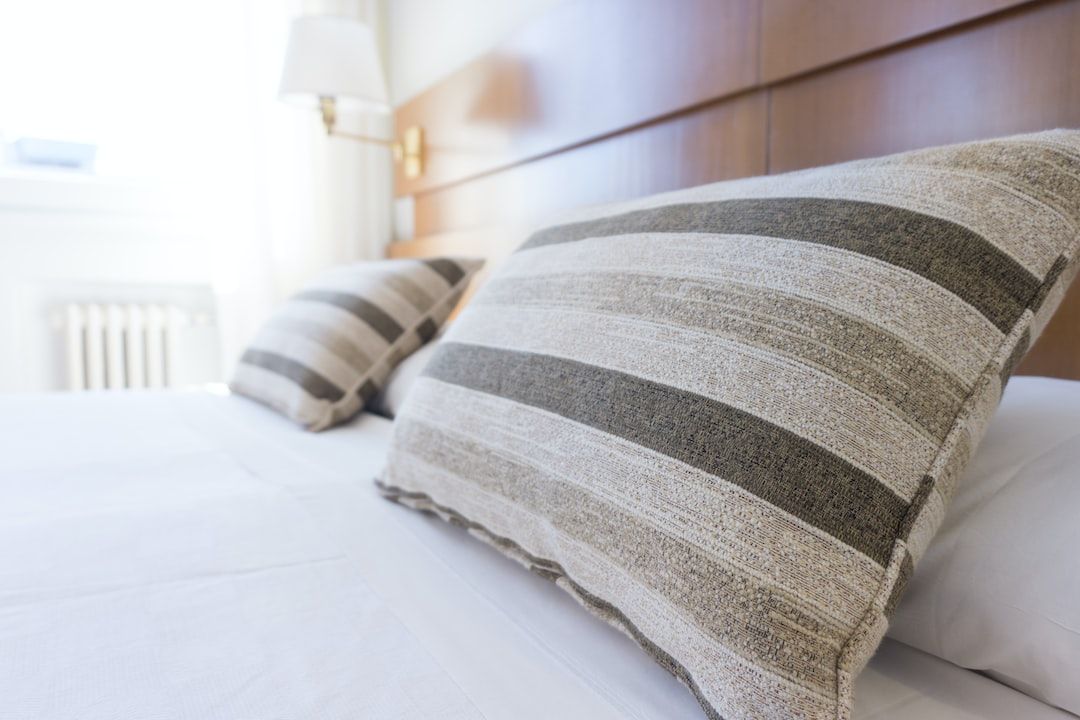Decoding Upholstery Cleaning Codes: A Guide

When it comes to caring for your furniture, understanding upholstery cleaning codes is crucial. These codes are typically found on care labels attached to your furniture and provide important information on how to properly clean and maintain your upholstery fabrics. In this guide, we will decode these codes and provide tips on how to keep your furniture looking its best.
Table of Contents
ToggleWhat are Upholstery Cleaning Codes?
Upholstery cleaning codes are standardized symbols used to indicate the recommended cleaning method for a specific type of fabric. These codes were created by the International Association of Textile Care Labeling (IATCL) to help consumers properly care for their furniture. There are four main codes used: W, S, W-S, and X.
W – Water-based Cleaning

by BAILEY MAHON (https://unsplash.com/@baileymahon)
The W code indicates that the fabric can be cleaned with water-based solutions such as mild detergent or upholstery cleaner. This is the most common code and is suitable for most fabrics, including cotton, polyester, and blends. To clean, simply spot clean with a damp cloth or use a steam cleaner.
S – Solvent-based Cleaning
The S code indicates that the fabric should be cleaned with a solvent-based cleaner. This includes dry cleaning solvents or water-free cleaning solutions. Fabrics with this code are typically more delicate and may be damaged by water-based cleaners. Examples of fabrics with this code include silk, rayon, and wool.
W-S – Water-based or Solvent-based Cleaning
The W-S code means that the fabric can be cleaned with either water-based or solvent-based cleaners. This is a versatile code and is suitable for most fabrics. However, it is important to test any cleaning solution on a small, inconspicuous area first to ensure it does not damage the fabric.
X – Professional Cleaning Only

by Nastuh Abootalebi (https://unsplash.com/@sunday_digital)
The X code indicates that the fabric should only be cleaned by a professional. This is typically found on delicate or antique fabrics that may be damaged by any type of cleaning solution. Attempting to clean these fabrics yourself may result in irreparable damage.
Tips for Upholstery Cleaning
- Always check the care label before attempting to clean your furniture.
- Test any cleaning solution on a small, inconspicuous area first.
- Blot spills immediately with a clean cloth to prevent stains from setting.
- Vacuum your furniture regularly to remove dust and debris.
- Rotate cushions and pillows to prevent uneven wear.
- Consider using a fabric protector to help repel stains and make cleaning easier.
Conclusion
Understanding upholstery cleaning codes is essential for properly caring for your furniture. By following these codes and using the appropriate cleaning methods, you can keep your upholstery looking clean and fresh for years to come. If you are unsure about how to clean a specific fabric, it is always best to consult a professional. With the right care, your furniture will continue to be a beautiful and functional part of your home.
